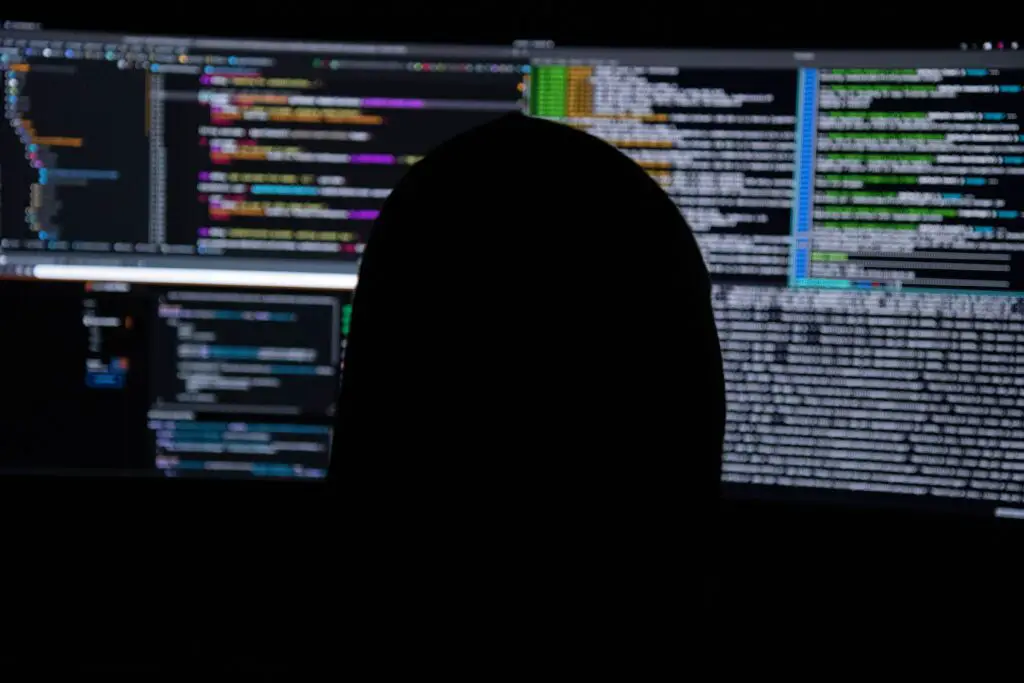Navigating the Scripted Labyrinth:
A Dance with Destiny – Checking the Existence of Files in Bash
In the ethereal dance of scripting, where lines of code pirouette in the ballet of logic, one often encounters the enigmatic question: Does the file exist? Bash, the maestro orchestrating this symphony, provides us with a unique set of moves to unravel this mystery. Join me as we embark on a mesmerizing journey through the cryptic world of file existence checking, where every line of code is a brushstroke on the canvas of uncertainty.

The Prelude:
Sensing the Existential Aura
In the realm of Bash, the first act in our file existence odyssey involves a delicate dance with test and [ ]. Picture it as a delicate waltz in the moonlit script, where we extend a probing hand to sense the existence of a file. The syntax is the key to this ballet: test -e <file> or, in its syntactic sibling, [ -e <file> ]. This syntax, a secret handshake with the file system, lets Bash know that we seek the truth, the heartbeat of a file’s existence. These operators, like skilled dance partners, navigate the labyrinth of directories, gracefully checking if the file’s ethereal presence graces the script’s stage. It’s a subtle whisper, an acknowledgment of the ephemeral nature of files, echoing through the code like a nocturnal breeze.
Moving beyond the traditional duet, the -e flag can be substituted with its kin: -f for regular files or -d for directories. The rhythm changes, yet the dance remains: a pas de deux where the script and the file engage in an intricate dialogue. In this poetic exchange, we discern not only if the file exists but also its nature – a file of prose or a directorial dance guiding the steps of other files.
The Intermezzo:
Embracing the Dynamic Tango of [[]]
As our journey progresses, we encounter the dynamic tango of double square brackets – [[ ]]. This is where the script’s steps become more pronounced, a declaration of intent in the intricate choreography of existence checking. Imagine it as a flamenco of code, the rhythmic claps echoing the heartbeat of the script. Here, the syntax evolves, taking on a more robust form: [[ -e <file> ]].
Within the embrace of these double brackets, Bash reveals its power – it’s not just about existence; it’s about conditions and expressions. We transcend the mere question of whether a file exists; we delve into the intricate dance of logical operators. It’s a symphony of possibilities, where && and || twirl like celestial bodies in the script’s cosmic ballet. The script not only acknowledges the existence of a file but also navigates the intricate web of conditions, deciding the fate of subsequent moves based on this existential revelation.
The embrace of [[ ]] also unveils wildcards, where the script’s steps take on a more improvisational tone. Patterns emerge, and the dance becomes less scripted, more freeform. It’s as if the script, armed with double brackets, engages in a cosmic dialogue with the universe of files, negotiating its steps based on the celestial arrangement of characters.
The Crescendo:
Symphony of Silence with test and [ ] -q
In the climactic movement of our file existence concerto, we encounter a silent symphony – the -q flag. This is the moment when the script, having danced through the intricacies of existence checking, decides to whisper rather than shout. The syntax, adorned with the hushed elegance of silence, becomes test -e <file> -q or its syntactic sibling [ -e <file> ] -q.
In this ethereal silence, the script acknowledges the file’s presence without the need for grandiose announcements. It’s a subtle nod, a clandestine handshake in the secret society of scripts. The -q flag is the embodiment of minimalism in the file existence ballet, where brevity is the soul of elegance. The script, having traversed the labyrinth, leaves behind no footprints, no echoes, just the silent assurance that the file exists.
The Finale:
The Synchrony of test and || – A Dance of Existence and Consequence
As our script nears its final act, the dance of existence seamlessly merges with the dance of consequence. Here, the test command, in a duet with the logical OR operator ||, weaves a tale of conditional existence checking. The syntax unfolds like a narrative arc: test -e <file> || echo "File not found".
In this exquisite finale, the script not only checks the file’s existence but also choreographs a response to its absence. It’s a theatrical flourish, a dramatic pause in the script’s symphony. If the file graces the stage, the script gracefully continues its performance. If not, a poetic echo resonates – a message whispered to the void. The dance of existence and consequence becomes a fluid dialogue, where the script, like a seasoned performer, adapts its steps to the ever-shifting rhythm of files and directories.
In this grand finale, Bash reveals its storytelling prowess, turning the script into a narrative journey. It’s not just about checking existence; it’s about crafting a script that responds with eloquence and poise, a script that dances with files in the grand ballroom of the command line.
As we conclude our exploration of the elegant choreography of file existence checking in Bash, we find ourselves immersed in a dance where every line of code is a nuanced step, every operator a graceful movement. The script becomes a symphony, the code a ballet, and the files mere partners in this intricate dance of logic and existence. In the world of Bash, the dance continues, with each script crafting its own narrative, each file adding its unique rhythm to the grand orchestra of code.
